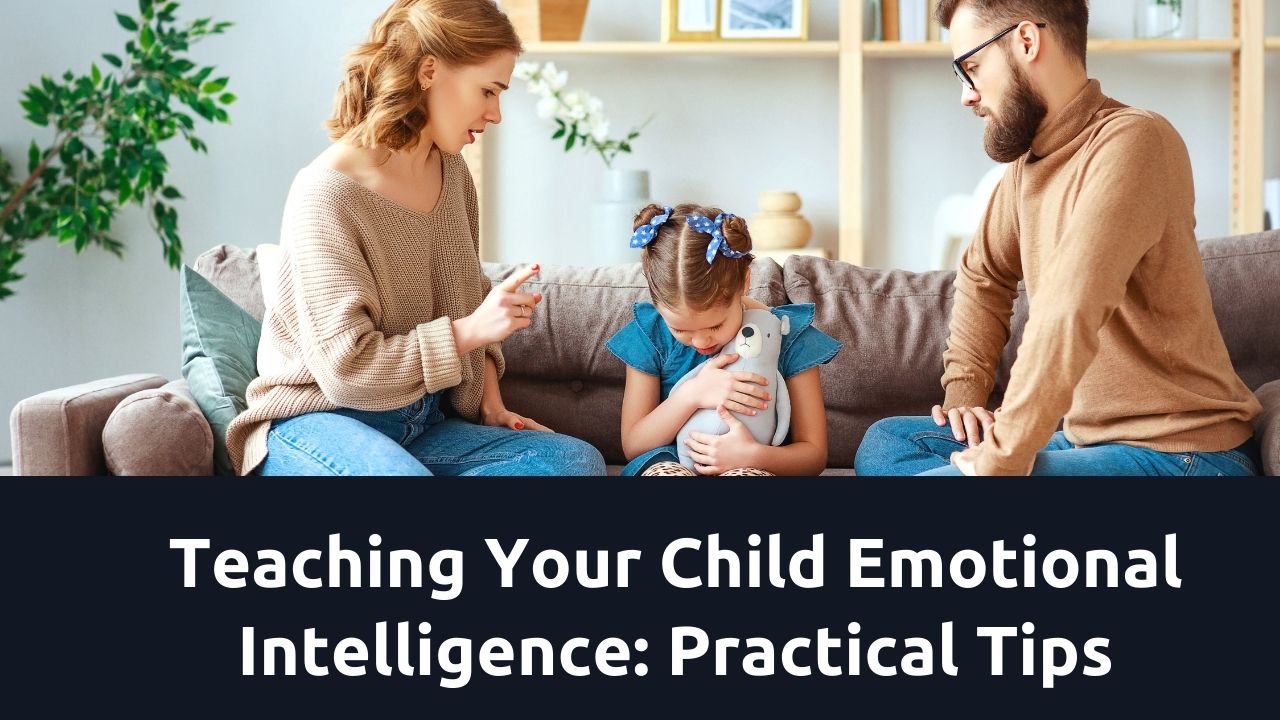Emotional intelligence refers to the ability to identify, understand, and manage one’s own emotions, as well as the emotions of others. Teaching your child emotional intelligence is crucial for their social, emotional, and cognitive development. Here are some reasons why it matters:
- Improved social skills: Children with emotional intelligence can better navigate social situations and form positive relationships with others. They can understand and express their emotions effectively, which helps them communicate and connect with their peers.
- Better academic performance: Emotionally intelligent children are better able to manage stress and anxiety, which can improve their academic performance. They are also more motivated and engaged in their learning.
- Enhanced self-awareness: Emotional intelligence helps children develop self-awareness, which is the ability to recognize and understand their own thoughts, feelings, and behaviors. This allows them to better regulate their emotions and make more informed decisions.
- Increased empathy: Children with emotional intelligence are better able to understand and empathize with others. This can lead to more positive social interactions and help them develop stronger relationships with friends and family.
- Better mental health: Emotional intelligence can also help children develop resilience and cope with difficult emotions. By learning how to identify and manage their emotions, children can develop healthy coping mechanisms and better mental health outcomes.
Emotional intelligence enables children to understand their own emotions and the emotions of others, which helps them to navigate social situations, build relationships, and communicate effectively. MOUJ one of the Best Play School in Greater Noida fosters emotional intelligence in children. Here are some play and art activities that can help teach emotional intelligence to children:
- Feeling Faces Collage: Provide children with a variety of magazines or newspapers and ask them to cut out pictures of faces that show different emotions. Then, have them create a collage of the faces on a poster board, labeling each emotion. This can help children become more aware of the range of emotions and how they are expressed through facial expressions.
- Emotion Drawing: Give children a blank piece of paper and ask them to draw a picture of how they are feeling. Encourage them to use different colors and shapes to express their emotions.
- Role-playing: Use role-playing to help children understand and practice managing their emotions. For example, have one child pretend to be angry and another child practice using calming techniques to help them feel better.
- Emotional Storytelling: Read stories to children that explore different emotions, such as “Alexander and the Terrible, Horrible, No Good, Very Bad Day” by Judith Viorst. Discuss the emotions experienced by the characters in the story and how they coped with them.
- Mindful Breathing: Teach children how to use mindful breathing techniques to calm themselves down when they are feeling overwhelmed or upset. Encourage them to take deep breaths and focus on their breath moving in and out of their body.
Overall, teaching your child emotional intelligence is an investment in their future. It can help them develop critical social and emotional skills that will serve them well in all areas of their life.


